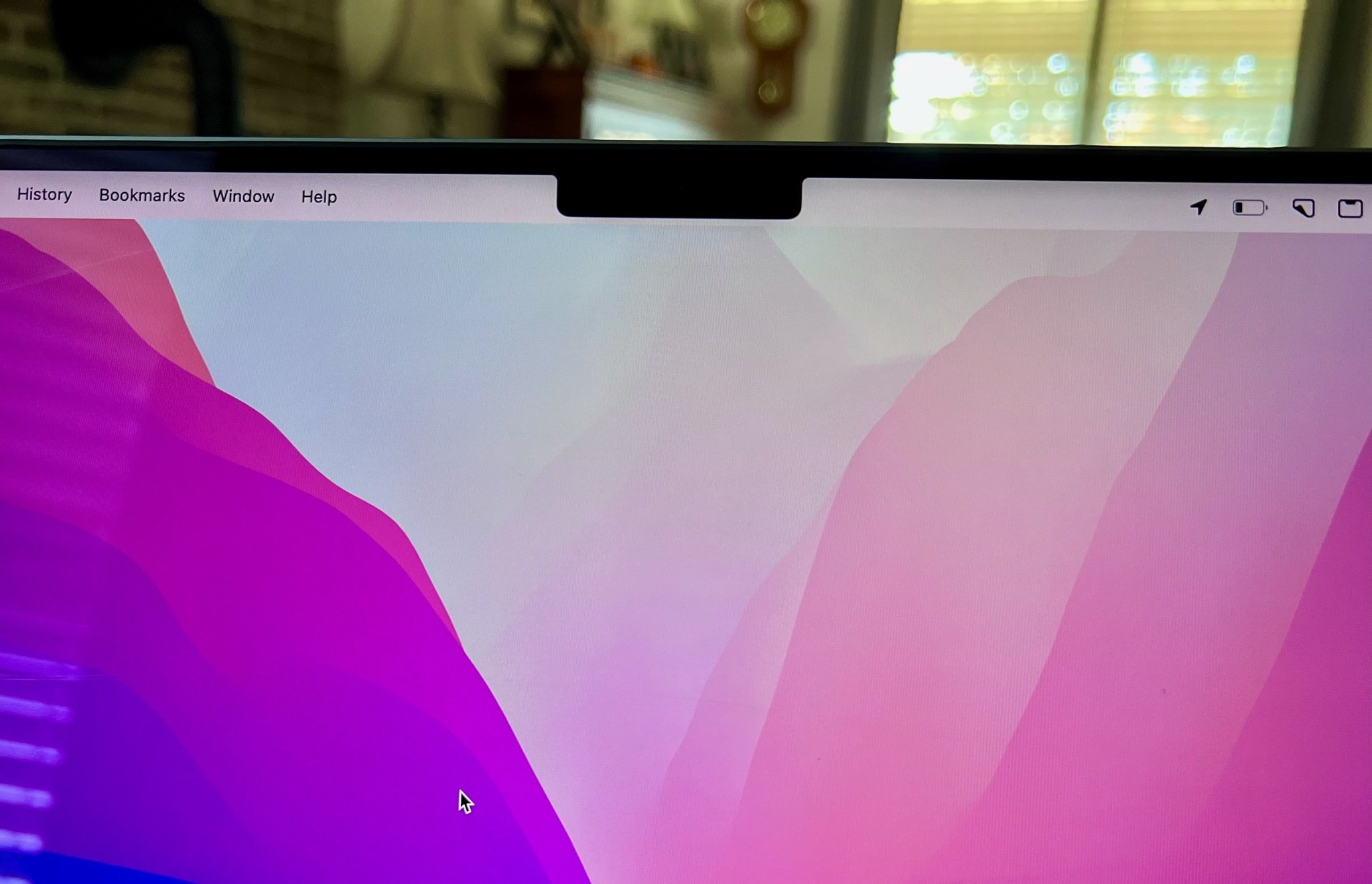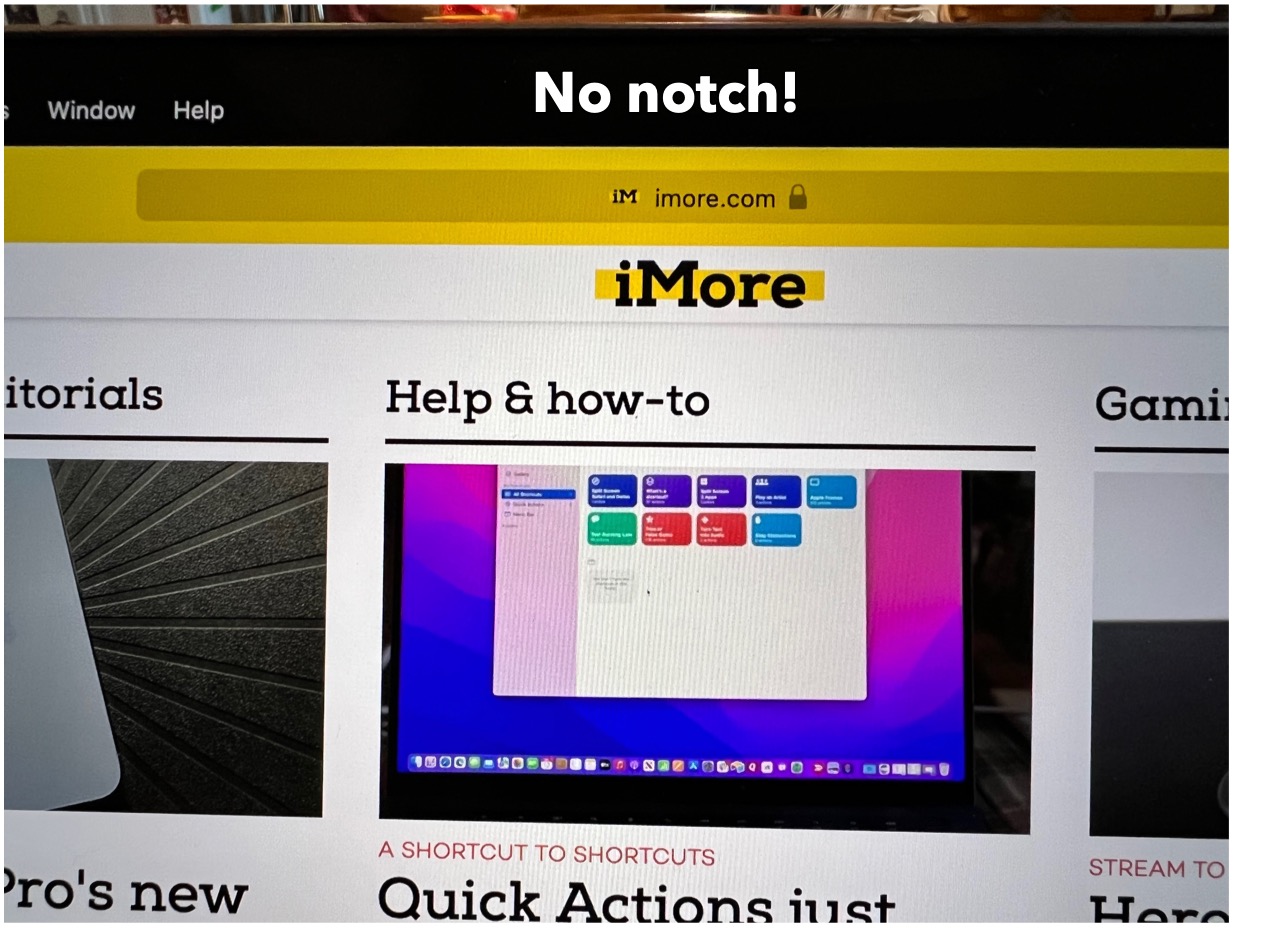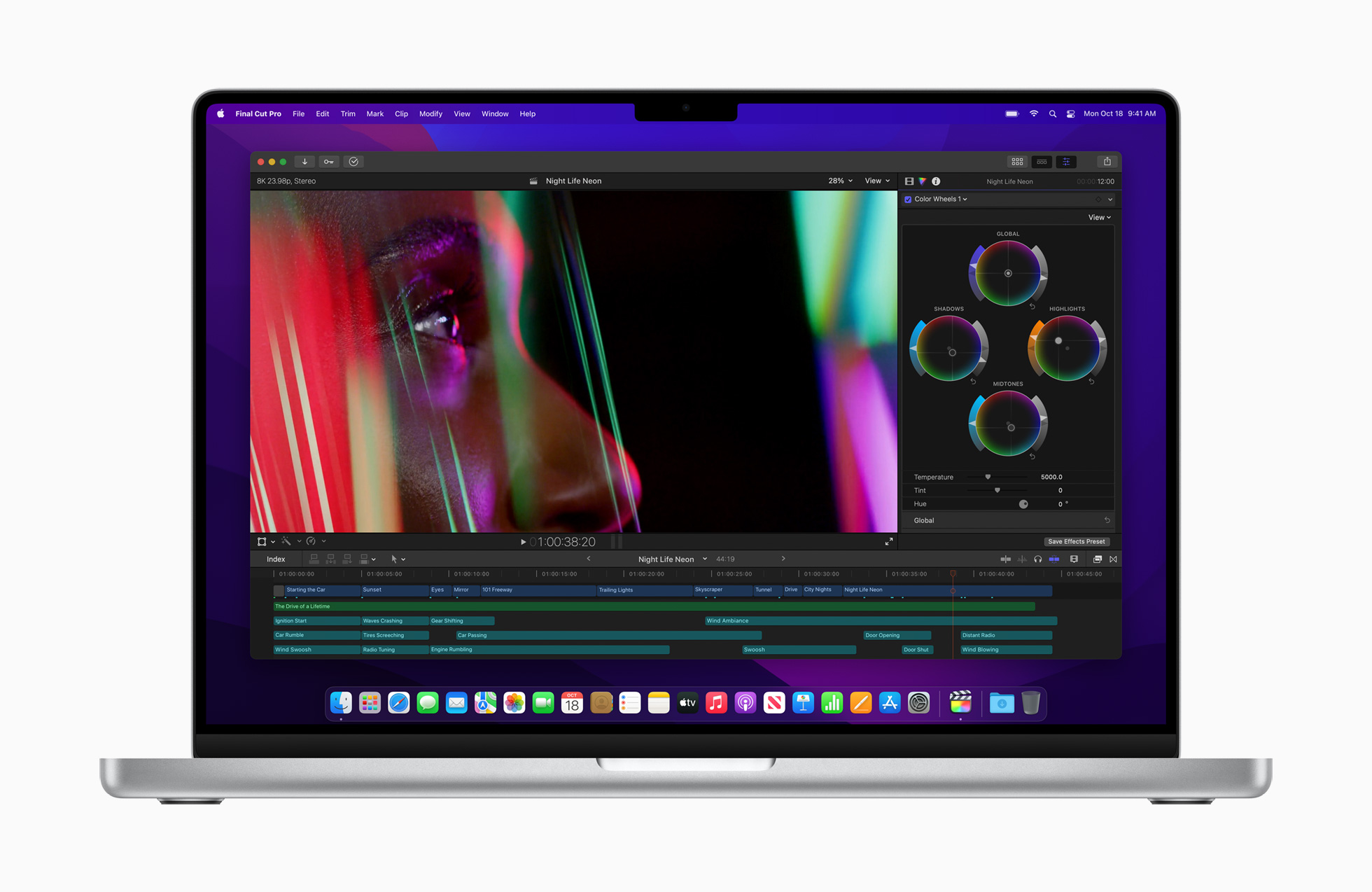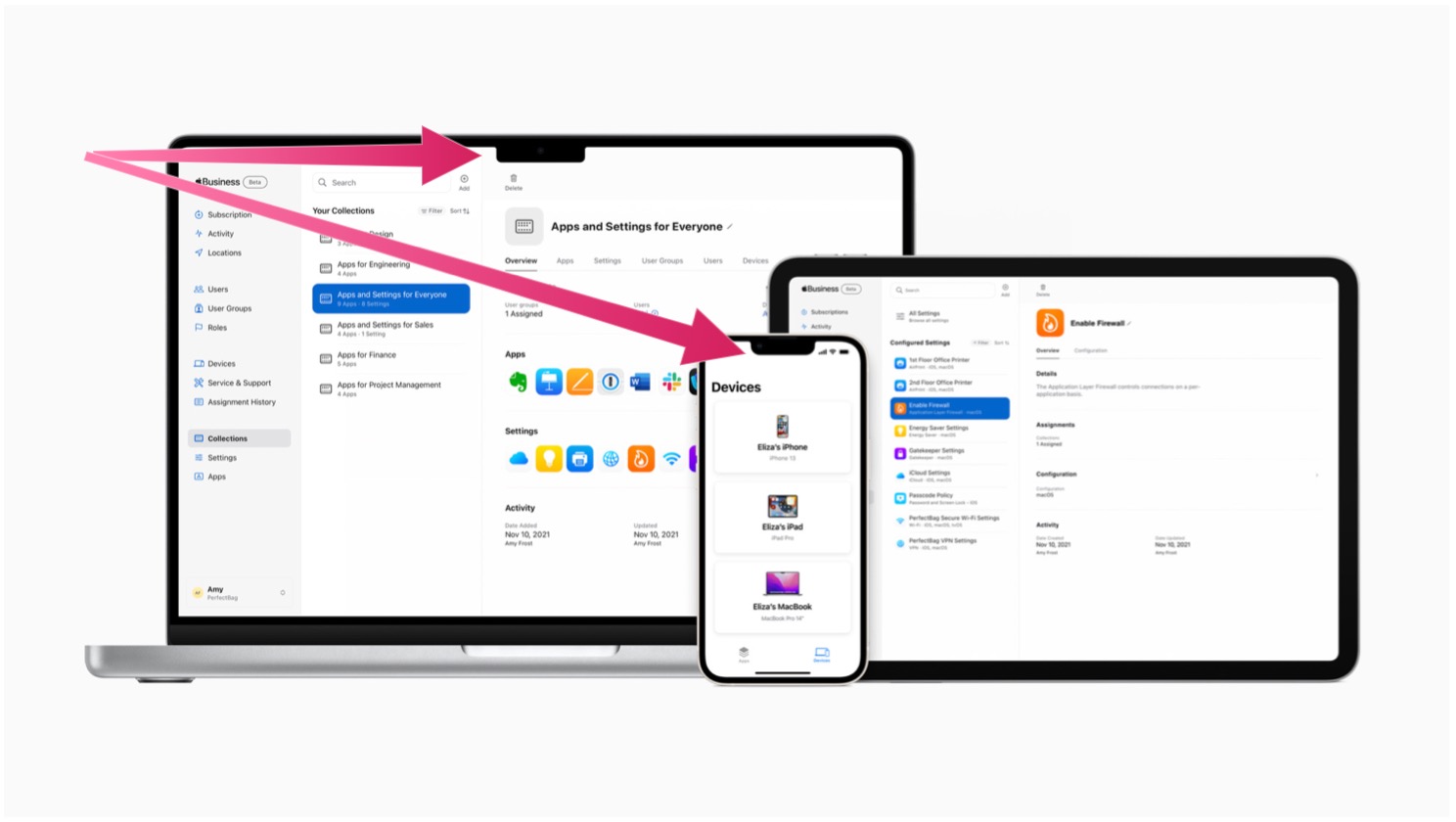What you need to know about the MacBook Pro (2021) notch

It was no secret Apple was going to introduce all-new, redesigned MacBook Pro models in 2021. For months, the highly-cited Apple rumor mill said we'd be seeing two new Apple silicon models with mini-LED displays launch. Until right before the big reveal, however, few were discussing the possibility the new laptops would ship with iPhone-like camera notches. When this was finally confirmed at the October 18th "Unleashed" event, many of us in virtual attendance were left scratching our heads.
I'm now entering week number three with my brand new 14-inch MacBook Pro. I've put the machine through its paces and given the device a 4 1/2-star positive review. Now, I'm circling back around to the machine's most talked about feature, that pesky notch.
My conclusion: it's not a big deal. Really. In fact, this year's MacBook Pro is one of the best Macs of the year.
MacBook Pro notch: Now you see it, now you don't

In Apple's promotional materials for the new MacBook Pro, there's no denying the notch is there. And yet, thanks to designing trickery, it becomes much less noticeable in person and practice.
Perhaps recognizing the long-running controversy surrounding the iPhone notch, Apple hides the MacBook Pro notch automatically in full-screen mode with native apps by adding a black border at the top of the display. Additionally, Mac developers can choose whether or not to add the border with their apps.
The notch also goes away in dark mode to create an experience identical to previous-generation MacBook Pro models. Additionally, MakeTheWeb has taken things even further by launching a free utility that completely hides the MacBook Pro notch. Called TopNotch, the software automatically adds a black bar to your wallpapers. It even works with dynamic wallpapers.
MacBook Pro notch: a real purpose

It's also important to understand why the MacBook Pro notch is there in the first place. Speaking on the Same Brain podcast, Apple manager Shruti Haldea explains the notch's placement is all about giving users more space:
Master your iPhone in minutes
iMore offers spot-on advice and guidance from our team of experts, with decades of Apple device experience to lean on. Learn more with iMore!
What we've done is ... made the display taller. Like on the 16-inch notebook, you still have a 16.0 active area on the diagonal in that 16:10-inch window, and we just grew the display up from there and put the menu bar up there... So it's a really smart way to give you more space for your content, and when you're in full-screen mode, you have that 16:10 window, and it looks great. It's seamless.
This is oh-so-true even more when considering the smaller bezels on the 14- and 16-inch models. They're 24% smaller on the left and right sides of previous MacBook Pro models, measuring just 3.5mm. And, because of the notch, the top bezel is 60% thinner than on earlier models. It also measures just 3.5mm.
MacBook Pro notch: the Apple factor
The 2017 iPhone X was the first Apple handset to include a notch. Though its size has gotten smaller on this year's iPhone 13 models, the notch remains on the company's top product and continues to serve valuable purposes. The iPhone X and nearly every iPhone to follow it includes an edge-to-edge display. The notch is Apple's way of housing the phone's front-facing camera, speaker, Face ID internals, and sensors.
Over the past few years, many of Apple's competitors have also introduced handsets with notches. However, most have now shifted to a hole-punch design. Apple could eventually go in the same direction. And yet, the introduction of the MacBook Pro notch suggests that's not the path the company plans on taking, at least in the near future.

The notch, on the iPhone, MacBook Pro, or otherwise, will never find universal love. And yet, I now believe it's too much a part of Apple's product DNA for the company to abandon it — and if it does, it will probably eventually return in future products. Don't believe me? Just look at MagSafe, which Apple unceremoniously dumped on the MacBook Pro in 2016 only to bring it back with this year's models. Love it or not, the notch tells those around you that you're carrying an iPhone. In time, the same will be said for MacBook Pro users and probably future MacBook Air owners. You heard it here first.

Bryan M. Wolfe has written about technology for over a decade on various websites, including TechRadar, AppAdvice, and many more. Before this, he worked in the technology field across different industries, including healthcare and education. He’s currently iMore’s lead on all things Mac and macOS, although he also loves covering iPhone, iPad, and Apple Watch. Bryan enjoys watching his favorite sports teams, traveling, and driving around his teenage daughter to her latest stage show, audition, or school event in his spare time. He also keeps busy walking his black and white cocker spaniel, Izzy, and trying new coffees and liquid grapes.
